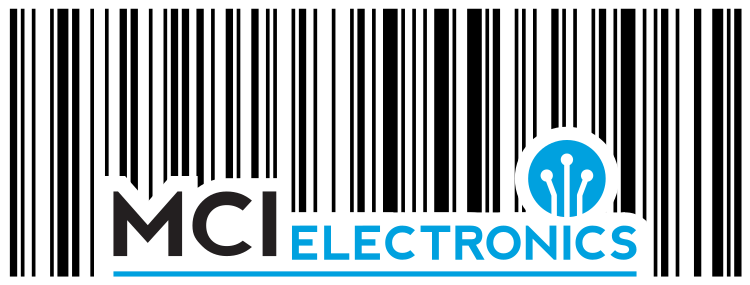Today, MCI wants to celebrate a very small but important invention that has forever changed the way we shop… the barcode. This week in history, the first UPC (unique product code) item was scanned at a checkout in a store for the public. This happened on June 26, 1974 in Troy, Ohio. The historic item was a ten pack of juicy fruit chewing gum.
The barcode has allowed for a seismic change in the way we shop. Love them or loathe them, the self-service checkout is here to stay.
The origins of the barcode, however, had its roots based in Boy Scout tradition. In 1949, engineers called Norman Joseph Woodland and Bernard Silver developed the first barcode, based on morse code. Silver had heard a supermarket executive asking whether there was a way to capture product information automatically at the checkout. The dots and dashes where converted into long strips, which made reading the code easier, even if the code had been damaged. The code was patented in October 1949.
Unfortunately, the idea of barcode was slow to catch on and it wasn’t until 1974 in the US and 1979 in the UK that the barcode made its debut to the public. The first item to be scanned in the UK was a box of teabags in Spalding.
Since this invention, the Japanese have taken this tech and developed it further with the QR code. MCI is excited to know where we can go next with this invention!
Whether you will be enjoying teabags or chewing gum, think of the humble barcode and how it has changed all out lives. Have a great week at work everyone!


